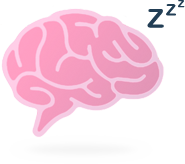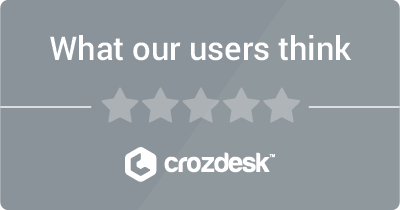Home
Hobson's +1 Choice Effect definition
To understand the Hobson’s +1 Choice Effect, you first need to know what a Hobson’s choice is. A Hobson’s choice is one that only has one option and you can either choose that or nothing. In other words, it’s a “take it or leave it” choice. The expression comes from Thomas Hobson who was a wealthy landowner and stable owner in the 17th Century who would only allow people who came to ride his horses the option of taking the horse nearest the stable door. Although he had over 40 horses, he didn’t want the best horses to get overworked by allowing people to choose for themselves so he told them they could take the horse nearest the stable door or not go riding at all, the choice was theirs. Hobson’s Choice has therefore become a widely used expression for offering people only one choice between something in particular or nothing at all. Leading on from this, a Hobson’s +1 Choice is when you offer somebody two options to choose from instead.
Psychologist Barry Schwartz developed the concept of Paradox of Choice in 2004, which shows how people become overwhelmed when they have too many options, but noticed that this only comes in to play after 3 or more choices. In fact, to the contrary, it is actually better to offer people two options rather than one or none at all. Research has shown that when confronted with a true Hobson’s choice, we are more prone to go for the “leave it” than the “take it” option. Whereas, if a second alternative is added, this makes us feel more inclined to opt for one of the choices offered to us. This cognitive bias can be explained as follows: when we are faced with a “take it or leave it” choice, we use all our mental energy deciding whether to buy a product or not to buy it. Contrary to this, studies have shown that when we’re given two options we use the same mental energy to compare these offers instead of considering the “leave it” option. This makes it much more likely that at least one of the “active” choices will be made.
Hobson’s +1 Choice Effect has many applications in business and marketing in terms of the sales strategy used when proposing offers and products to your customers. For example, in online sales, it can be very effective to give your customers the opportunity to choose between two products or between two options on your Call-to-Action rather than putting them in the position of “taking or leaving” just one option (but also making sure not to start bombarding them with options that will instead lead them down the path of indecision through inadvertently placing them in a Paradox of Choice situation).

Oops, you have reached your limit of 1 free tactic per hour
To get unlimited access to our 250+ tactics,
Join our FREE mailing list
Or wait 00:59:59





